11
Feb / 13
Super-compensation, Overtraining, and You
Categories: Health & Lifestyle, Recovery
posted by: Sean
This past week the topic of overtraining came up from several different folks so I did a bit of research and found a very intelligent pair of posts (Part 1 and Part 2) written by Andrew Read for BreakingMuscle.com. Read’s premise is simple:
Training=Work+REST
“You don’t improve while training, only once you have recovered from the session and your body has rebuilt itself slightly better. This, supposedly, is common knowledge, yet all too often I see people only worry about the work side of things and never about the recovery aspect.”
Working out is another form of stress on your body, and we typically neglect to consider that rest (or at least a reduction in volume and intensity) is necessary to allow one’s body to recover not only from training, but from the net effect of stress from other sources as well. Even if you find your exercise session lethargic and enjoyable after little sleep or a stressful day, we may be doing more harm than good adding extra stress on an already overstressed system. Read’s advice is to focus on your rest strategy, not more training (or extra basketball, soccer, hockey, lacrosse, etc.).
So how do you know if you’re overtraining? The following chart gives a visual example of the effect all good strength and conditioning coaches are after called super-compensation. Basically you work hard enough to fatigue or stress the system, allow yourself recovery, and you adapt with better performance. Notice also that if we go too hard and/or don’t give ourselves enough time to recover our performance suffers.
I have seen the super-compensation effect programmed into training in two different ways: weekly and monthly. In the Texas Method Powerlifting program (learn more by purchasing Justin Lascek’s ebook The Texas Method: Part 1 here) he plans the super-compensation effect on a weekly basis by having lifters get their higher volume at moderate intensity early in the week, and their higher intensity lower volume lifting at the end of the week. I’ve also seen it programmed on a monthly basis like how many coaches program for Olympic Weightlifters. This concept was introduced to me by Coach Bob Takano of Takano Athletics and he goes into more depth in his new book Weightlifting Programming: A Winning Coach’s Guide, which you can learn more about by purchasing his book here. I apologize for the shameless plugs but these two coaches have been huge in the development of our coaching staff here at Intrepid so I felt it only right to give them a shout-out.
Either way you approach your programming, you want your performance to increase each cycle something like this:
The effects of crazy hard workouts and/or inadequate rest can appear as early as the first cycle where one can start to experience the symptoms of the first stage of stress adaptation:
- Increased vulnerability to back, knee, ankle, and foot injuries.
- Abnormal hormonal output. Including changes to menstrual cycle in women.
- Reduced sexual desire.
- Mental stress, depression, lack of motivation, and anxiety.
- Trouble sleeping.
- Gastrointestinal issues.
The first phase of stress adaptation is also called “Overreaching”, and when used intelligently can lead to big gains as seen in the above charts. It may require a reduction in volume (amount of work being done) and intensity (weight on the bar, or pace of the workout) in the near-term but staying focused on the big picture can ensure a quick recovery and better gains.
I feel that most of us will fall into this first category, but read more about the second and third stages of stress adaptation in Andrew Read’s articles here and here where he goes into how overtraining has the potential to kill you if not handled properly.
The City of El Segundo is repaving roads in the vicinity of the gym. As of yesterday El Segundo Blvd and Franklin St were in the process of being repaired. On Tuesday and Wednesday California and Kansas are scheduled to be closed for repaving as well. This means you’ll have to find parking nearby and walk or jog over to the gym. We apologize for the trouble, but think of it as part of your warm-up!
WOD 2.11.13
Power Clean and 3 Push Presses 3-3-3
AMRAP 3
Kettlebell Snatches
(sub KB C&J)
Rest 1 minute
AMRAP 5
3 Muscle Ups (or 7 Ring Dips)
Row 125m


 310.465.6565 |
310.465.6565 |


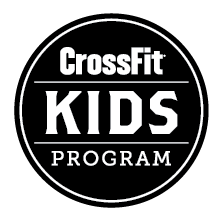

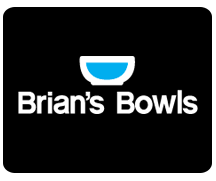



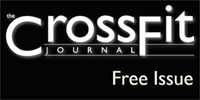










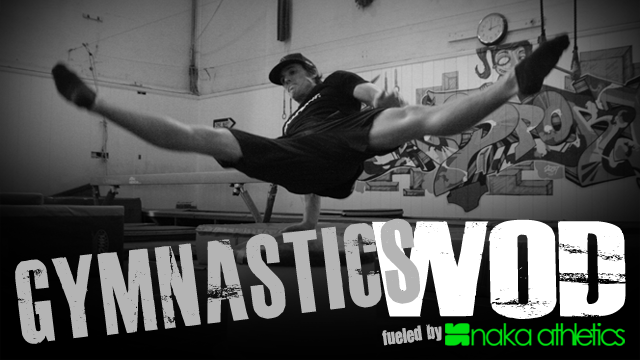






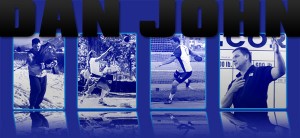
comments